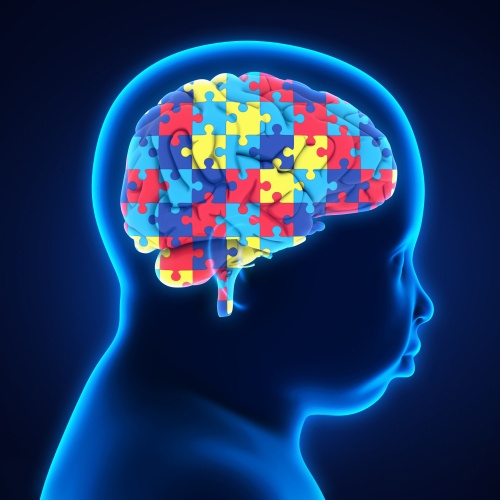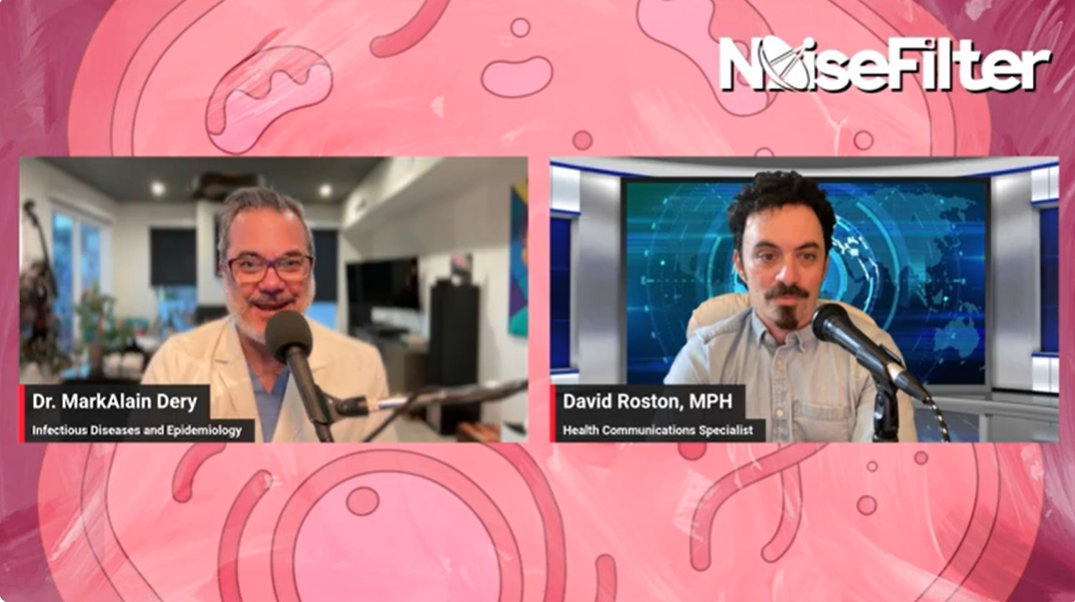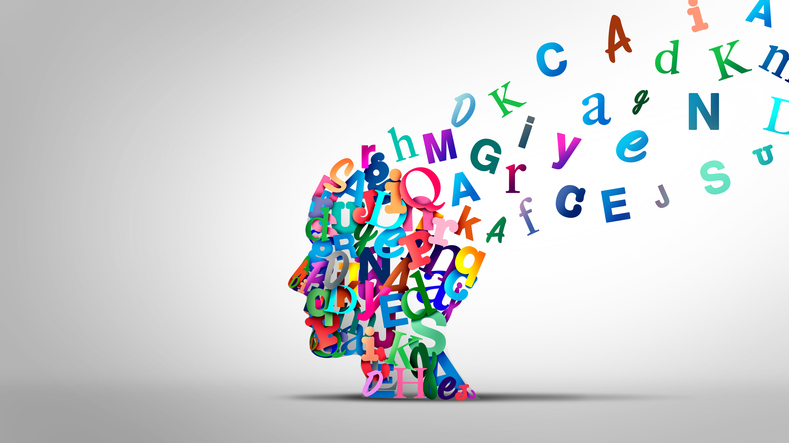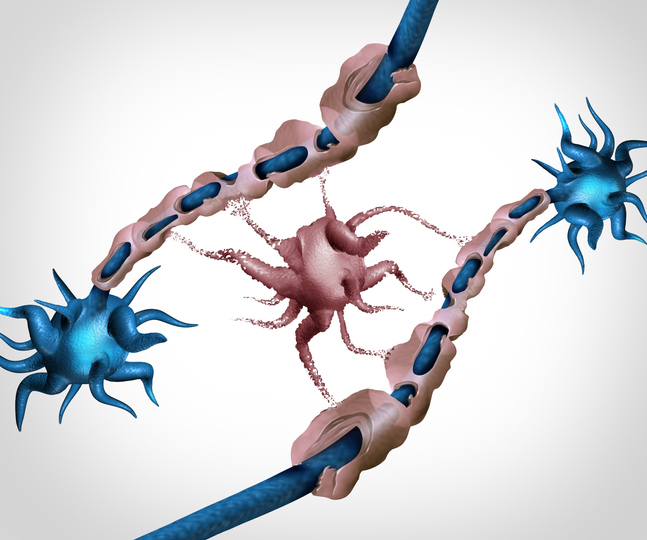
Brain changes in autism spectrum disorder (ASD) are significantly more extensive than previously known, according to a study led by researchers from the University of California, Los Angeles (UCLA), and published this month in Nature.
While neurodegenerative disorders such as Parkinson’s disease and Alzheimer’s disease are pathologically understood, less is known about ASD and other psychiatric disorders, making it harder to develop treatment modalities.
To elucidate the changes the brain experiences with ASD, the researchers assessed 11 cortical regions of the brain by sequencing RNA from each of the four main cortical lobes. Subsequently, they compared brain tissue samples procured after death from 112 people with ASD to healthy brain tissue.
According to the results, there were brain-wide changes observed in virtually all of the 11 cortical regions. The observation held up whether it was in higher critical association regions – those that control functions such as reasoning, language, social cognition, and mental flexibility – or primary sensory regions.
The findings showed changes in each cortical region that was analyzed, but the largest drop off in gene levels were observed in the visual cortex and the parietal cortex; regions that processes information such as touch, pain and temperature. According to the researchers, this finding may explain sensory hypersensitivity often seen in patients with ASD.
The researchers further noted that the genetic risk for autism is augmented in a specific neuronal module that has lower expression across the brain, which suggests that RNA changes in the brain are likely the cause of ASD rather than a result of the disorder
“This work represents the culmination of more than a decade of work of many lab members, which was necessary to perform such a comprehensive analysis of the autism brain,” said study author Dr. Daniel Geschwind, the Gordon and Virginia MacDonald Distinguished Professor of Human Genetics, Neurology and Psychiatry at UCLA per a SciTech Daily article.
“We now finally are beginning to get a picture of the state of the brain, at the molecular level, of the brain in individuals who had a diagnosis of autism. This provides us with a molecular pathology, which similar to other brain disorders such as Parkinson’s, Alzheimer’s and stroke, provides a key starting point for understanding the disorder’s mechanisms, which will inform and accelerate development of disease-altering therapies.”







 © 2025 Mashup Media, LLC, a Formedics Property. All Rights Reserved.
© 2025 Mashup Media, LLC, a Formedics Property. All Rights Reserved.